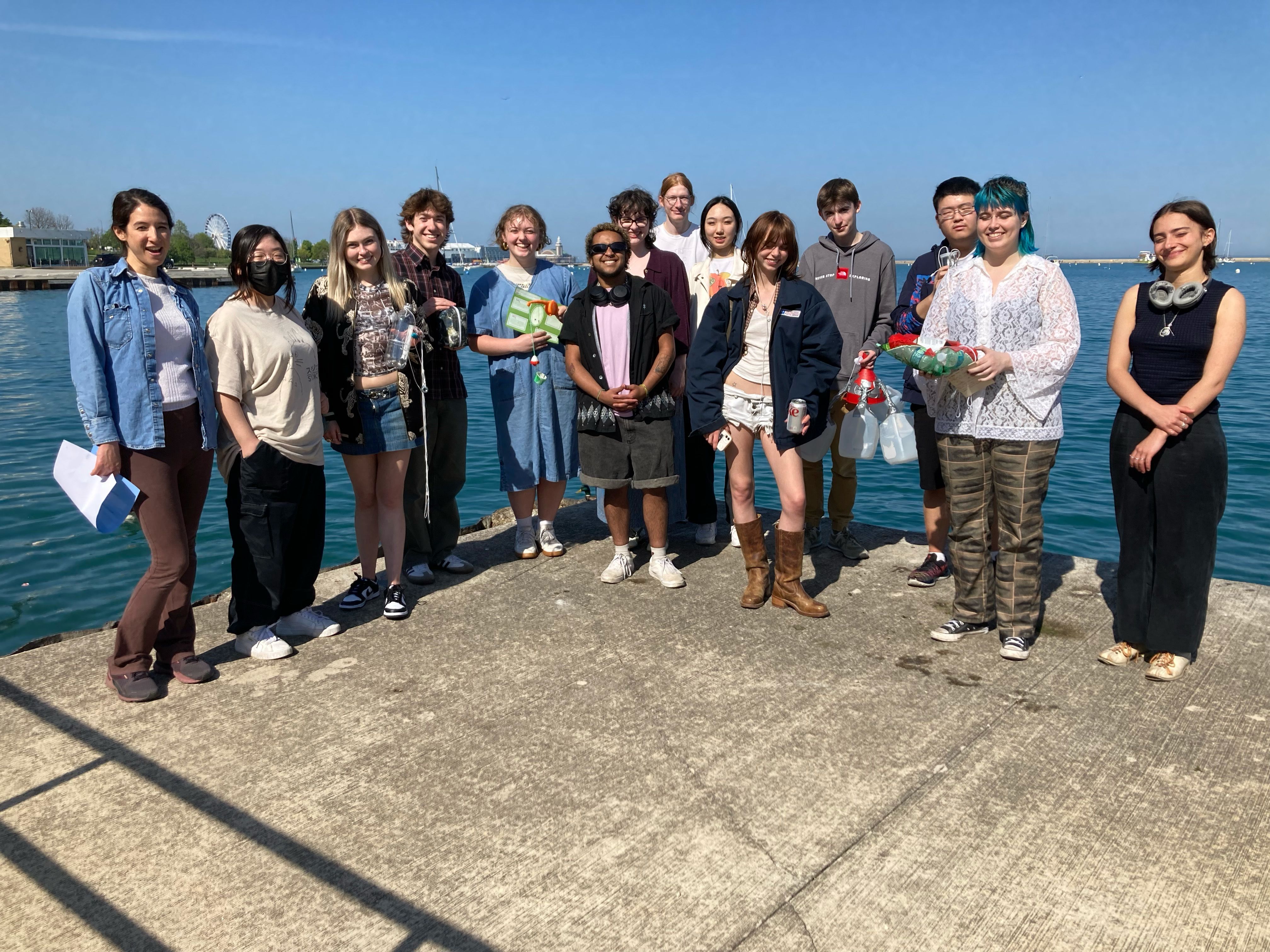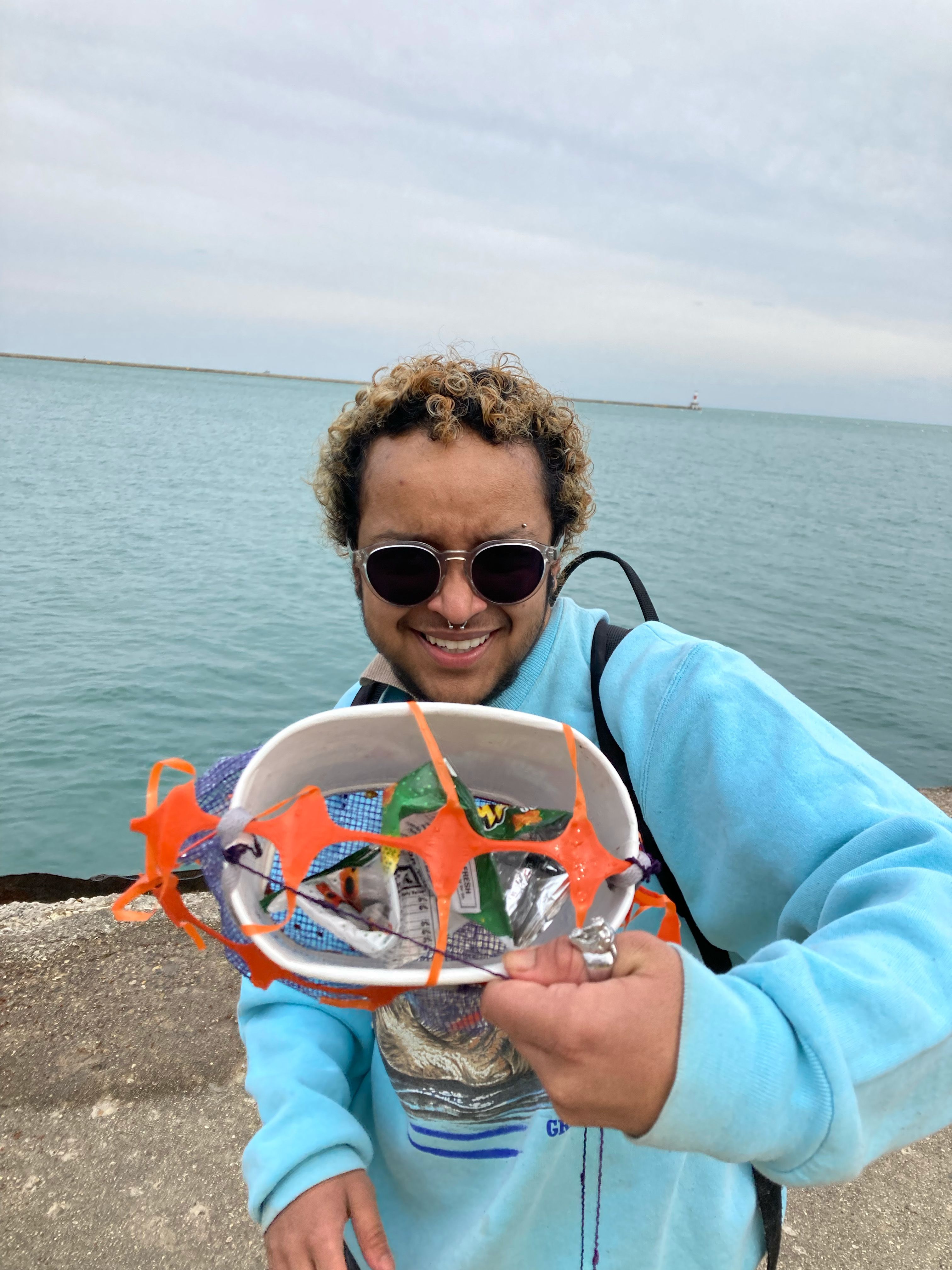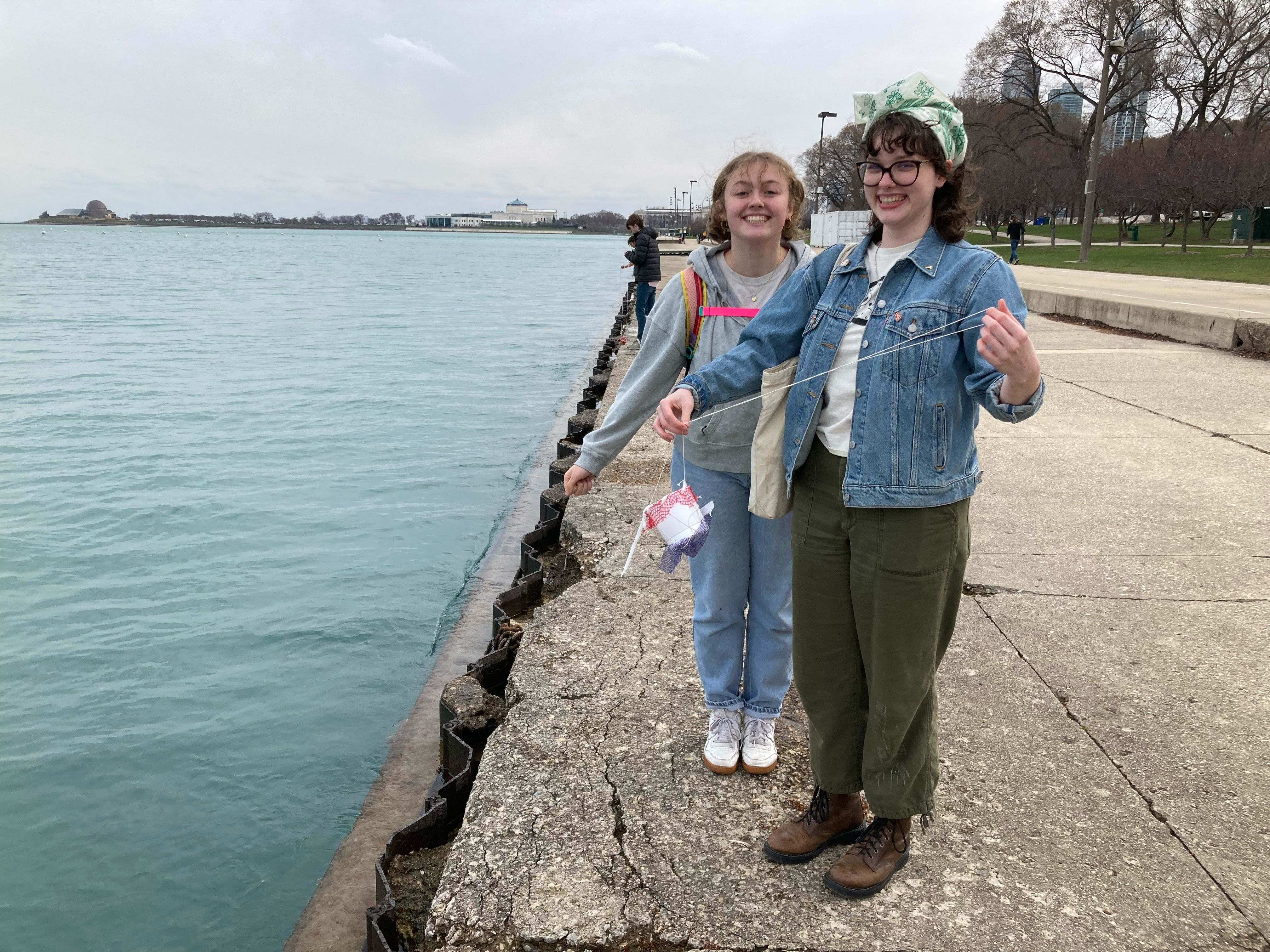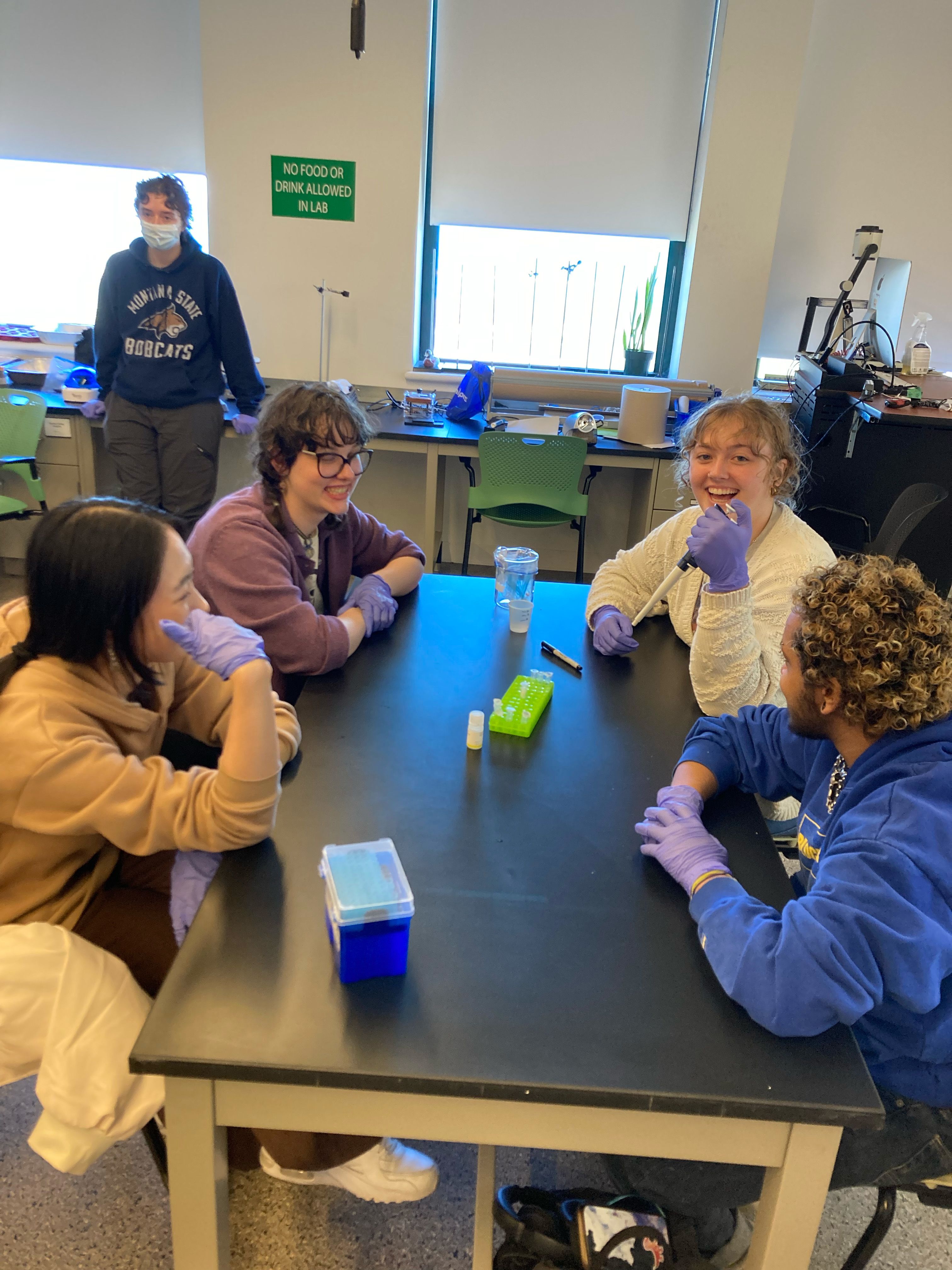Assistant Professor Sarah Rosengard Teaches Citizen Science with DNA Kits

by Ben Kim Paplham (MFA 2021)
In her Great Lakes Chemistry and Stewardship course at the School of the Art Institute of Chicago (SAIC), Assistant Professor Sarah Rosengard teaches students about Citizen Science. Traditionally, Citizen Science is the idea that science can be practiced by anyone, regardless of background or training.
At SAIC, where undergraduate students are required to take courses in natural sciences to expand their horizons, Rosengard uses this concept to demonstrate that artists and designers can contribute to scientific research and discoveries. “The big thing I’m hoping students get out of this idea is the role of creativity and design in the scientific process,” Rosengard said. “You have to be creative if you want to make science accessible.”
After teaching a few semesters, Rosengard had the chance to take Citizen Science from theory to practice after receiving a Diversity Infusion Grant at the start of the spring 2023 semester. Diversity Infusion Grants support research and resources necessary to make course revisions that broaden, refresh, and further SAIC’s curricular offerings in relation to diversity, equity, and inclusion. Rosengard used the grant to purchase a DNA Lab Kit from MiniPCR Bio. With the DNA kit, the class was able to investigate the presence of antibiotic-resistant bacteria in soil around Chicago and Illinois.


Students in Great Lakes Chemistry and Stewardship learn that anyone can be a citizen scientist.
Students in Great Lakes Chemistry and Stewardship learn that anyone can be a citizen scientist.

However, mapping the presence of antibiotic-resistant bacteria is a relatively new field, and one that requires a community effort. While the evolution of antibiotic-resistance bacteria makes it harder to treat infections and illnesses in people, animals, and plants, its existence is not visible to the naked eye, and so its impact isn’t obvious or easily detectable.
“When you’re studying water or climate change and the whole earth is changing, there’s no technology we have that can monitor everything, everywhere,” Rosengard said. “Contributing to this mapping is a perfect opportunity for students to practice being Citizen Scientists because antibiotic-resistance is an issue that impacts everyone.”
“If they see a connection between scientific design and their own creative talents, and apply it to the issues we’re learning in class, then I’ll feel like ‘mission accomplished.’”
The class gathered soil samples from former faculty member Kathryn Schaffer's farm, Lurie Garden in Millennium Park, and Beaubien Woods in Southeast Chicago. The DNA kit allowed students to break open the cells of bacteria in the soil and test for antibiotic-resistant genes.
At the end of the semester, the results of the experiment showed antibiotic-resistant bacteria present at the farm and at Beaubien Woods. These results were added to the PARE Project database, which maps where antibiotic resistance has been found, with locations uploaded by Citizen Scientists across the country.
Rosengard hopes that the use of the DNA Lab Kit helped her students see more directly how they can contribute to ongoing scientific discoveries, even without the label of “scientist.”
“If they see a connection between scientific design and their own creative talents, and apply it to the issues we’re learning in class, then I’ll feel like ‘mission accomplished,’” Rosengard said. “They’re learning about the problem and ways to address the problem.” ■
